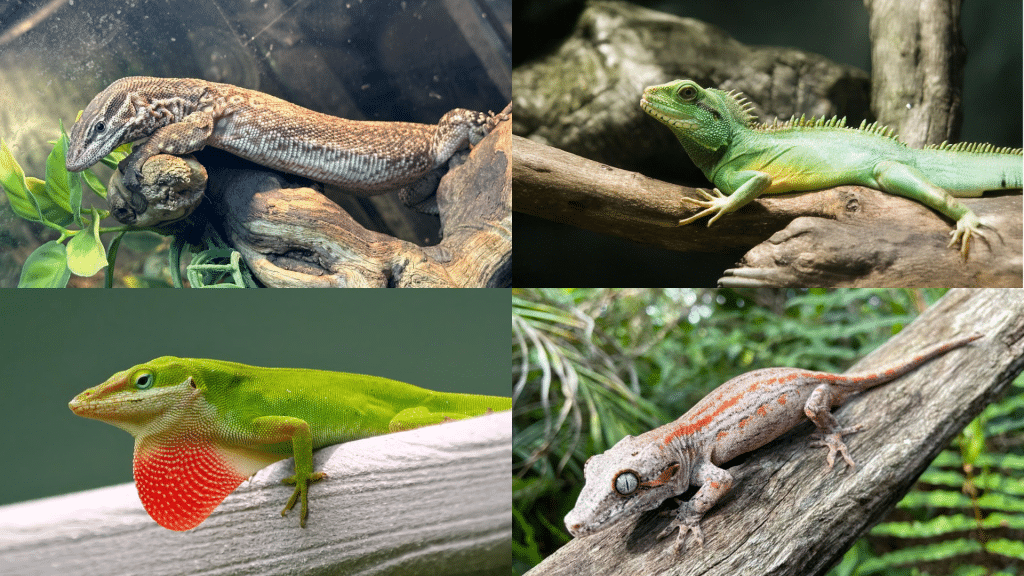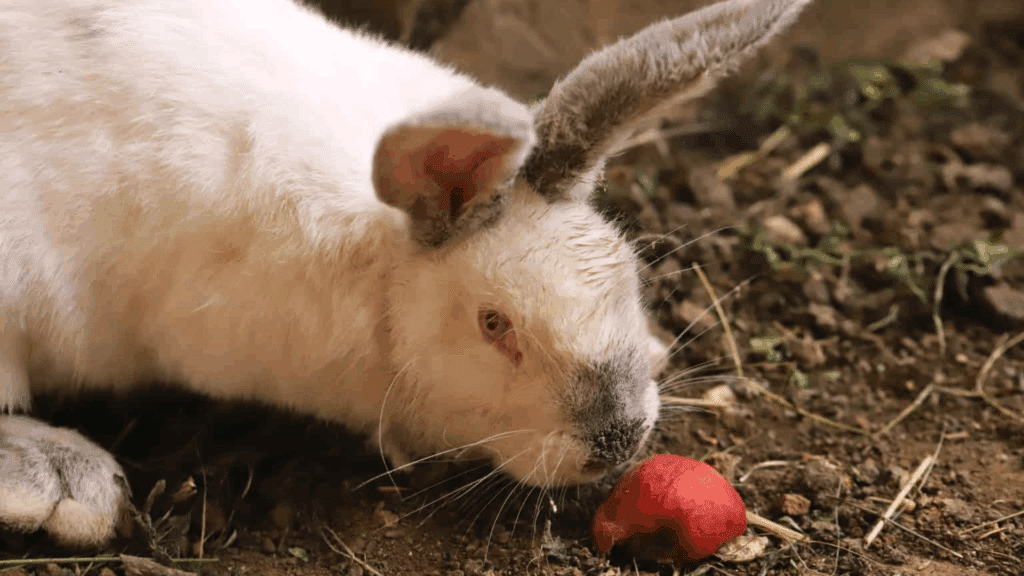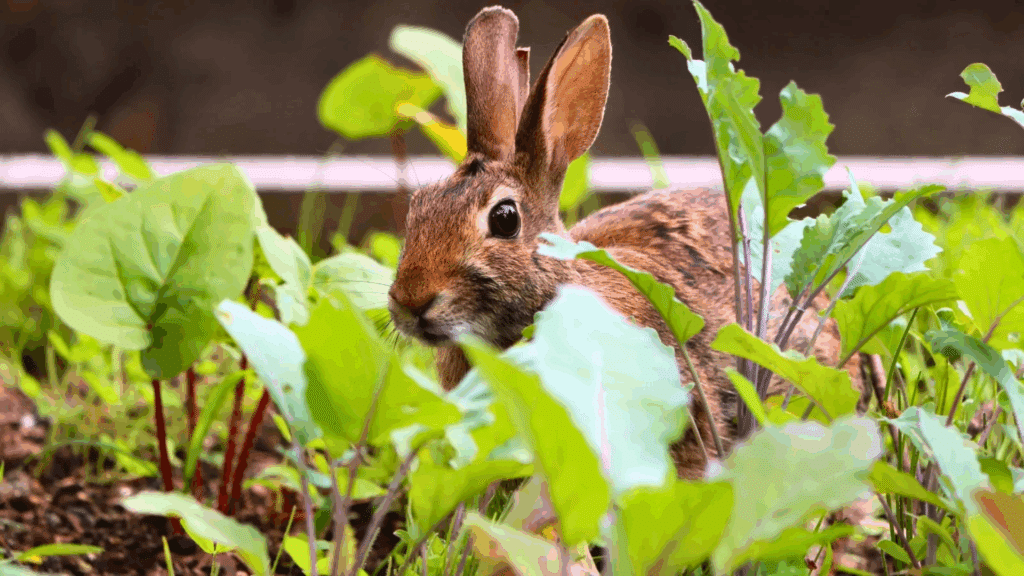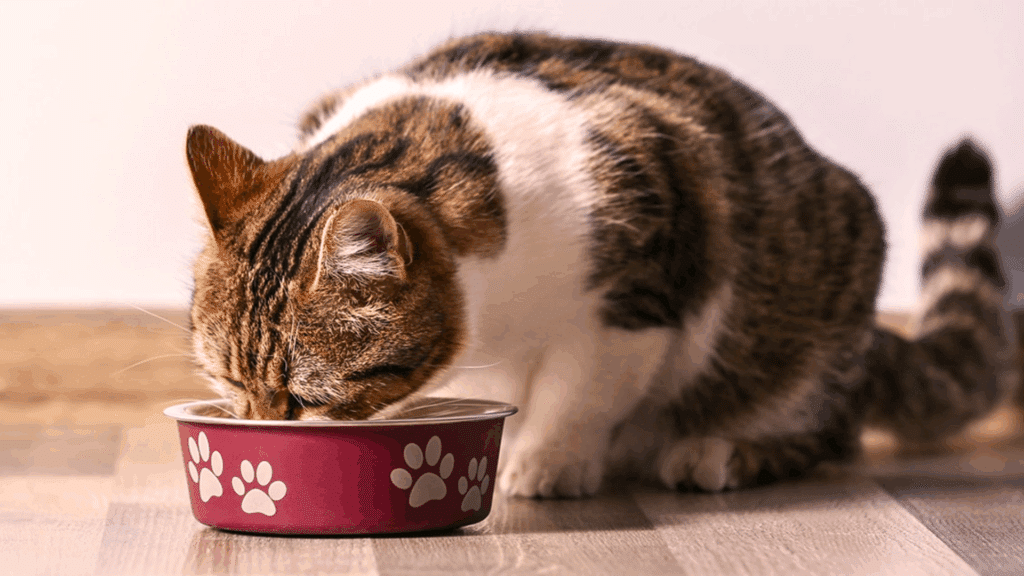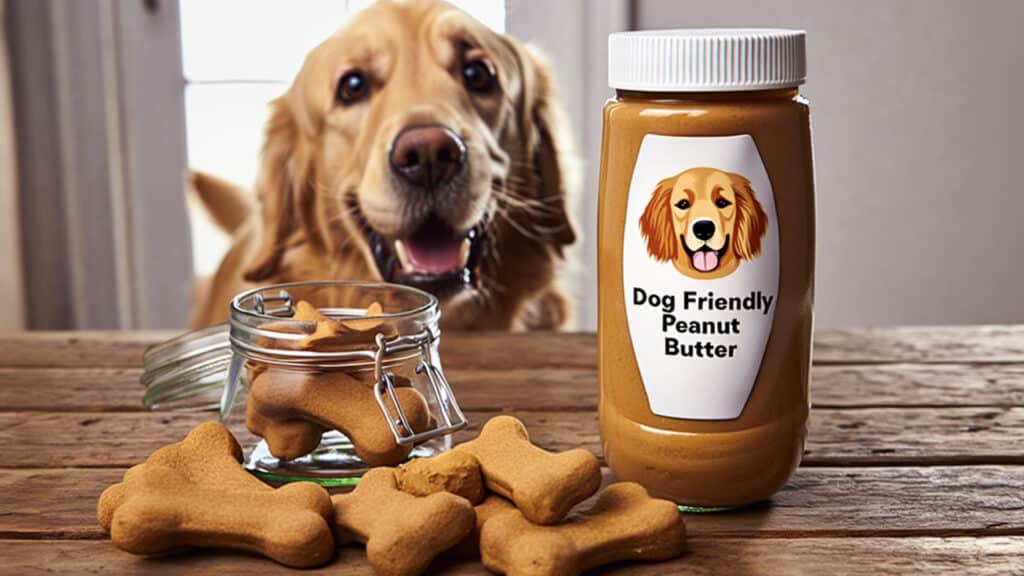Pet lizards are becoming more popular among new pet owners for good reason. They’re calm, fascinating to watch, and don’t need constant attention like some other pets.
Many people want a reptile that’s easy to care for and fun to have around, but knowing where to start can feel confusing.
This guide shares the easiest lizards for beginners and what makes them great first pets. You’ll learn:
- Which species are gentle and low-maintenance
- What setup and supplies you’ll need
- How to care for them day to day
The goal is to help you find a reptile that fits your lifestyle and gives you a good experience from the start. With the right choice, keeping lizards as pets can be simple, rewarding, and even relaxing.
What Makes a Lizard Good for Beginners?
When I think about what makes a lizard right for beginners, I look for a few simple things. A good starter lizard should be low-maintenance, with easy feeding and cleaning routines.
It should also have a gentle temperament, so you can handle it without stress.
Size matters, too; a smaller lizard is often easier to manage and house. Another key factor is simple habitat needs, meaning it doesn’t require special lighting or complex temperature setups.
I always tell new owners to choose a lizard that fits their daily routine and comfort level.
If you’re busy, pick one that doesn’t need constant care. If you like hands-on pets, go for one that enjoys gentle handling.
The right match makes the experience enjoyable for both you and your lizard.
Pet Lizard Types to Consider
Choosing the right pet lizard depends on your space, routine, and comfort level with reptiles. Some species are more hands-on, while others are better for simple observation.
1. Bearded Dragon
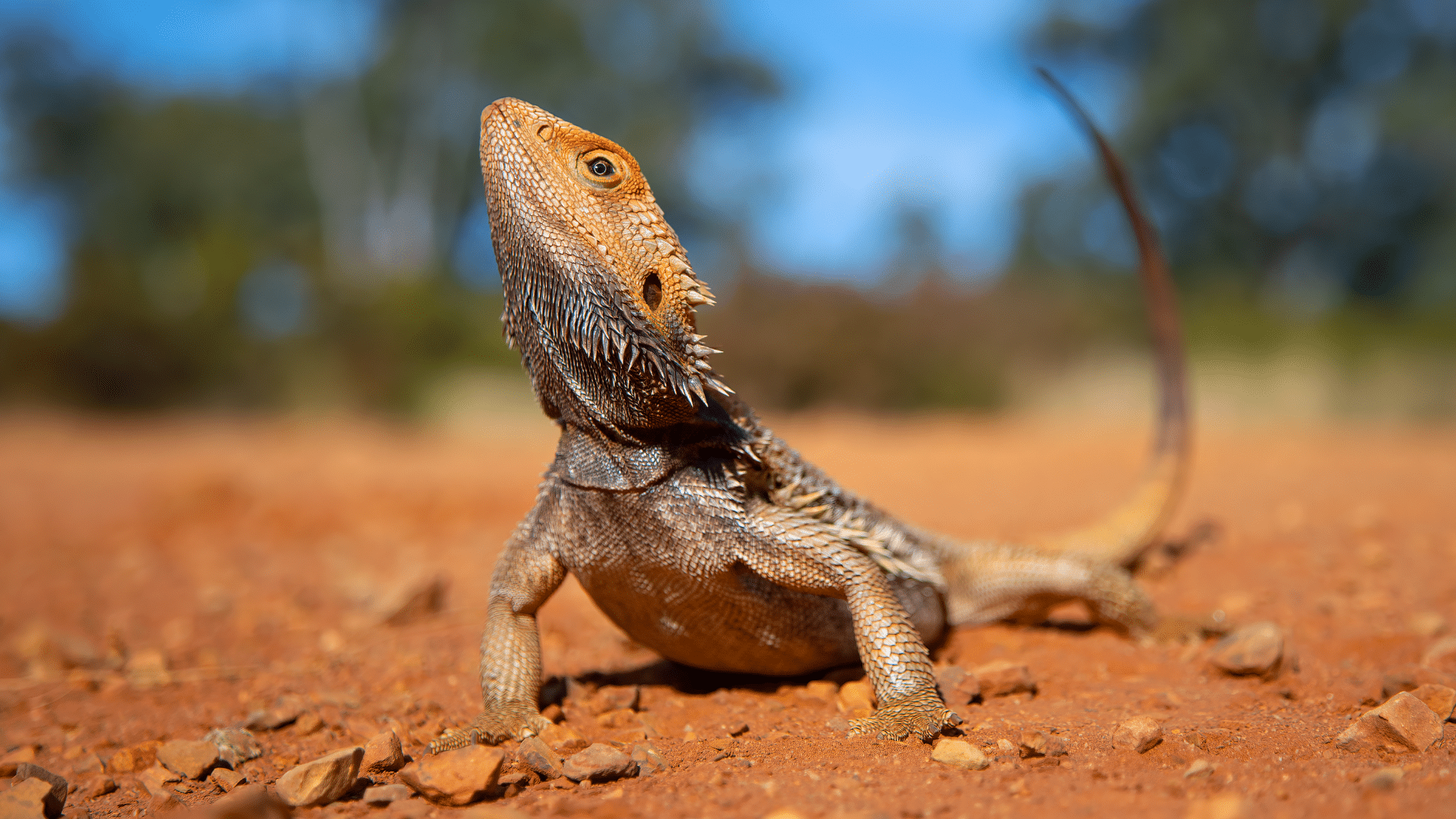
The Bearded Dragon is one of the most popular lizards for beginners because of its calm personality and easy care. It enjoys being handled and often becomes social with regular interaction.
A 40-gallon tank with both a basking light and a UVB bulb keeps it healthy. Its diet includes insects, leafy greens, and vegetables.
Bearded Dragons are curious, gentle, and make great companions for anyone new to reptiles. They live for about 10–15 years when cared for properly.
2. Leopard Gecko
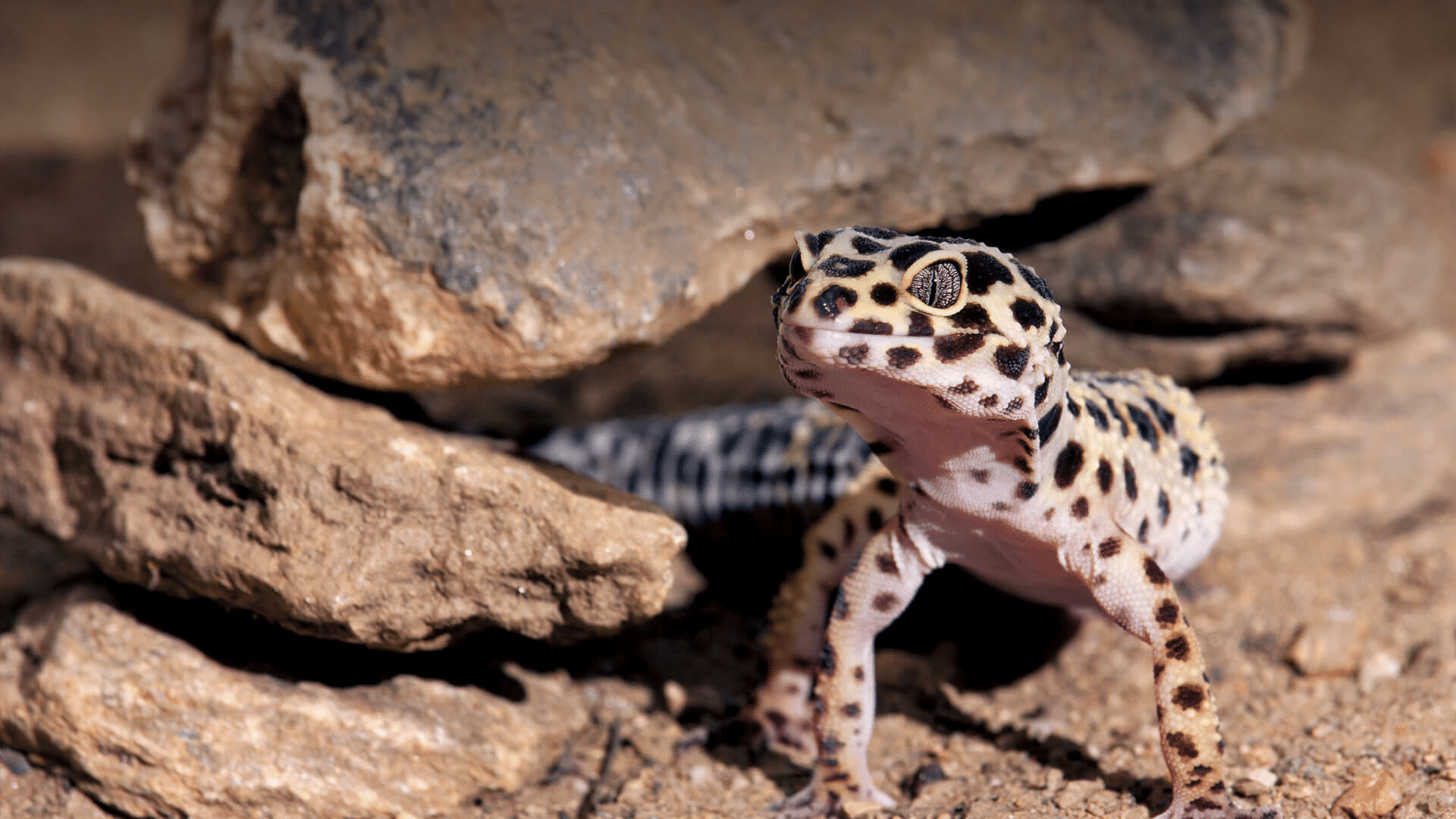
The Leopard Gecko is ideal for first-time reptile owners who want a low-maintenance pet. It doesn’t require UVB light and is most active at night, so it fits well with busy schedules.
A 20-gallon tank with a warm hide and smooth substrate works perfectly.
Feeding them is simple, mostly crickets, mealworms, and calcium supplements. Leopard Geckos are calm, rarely bite, and love gentle handling.
Their long lifespan and easy setup make them a favorite among new reptile keepers.
3. Crested Gecko
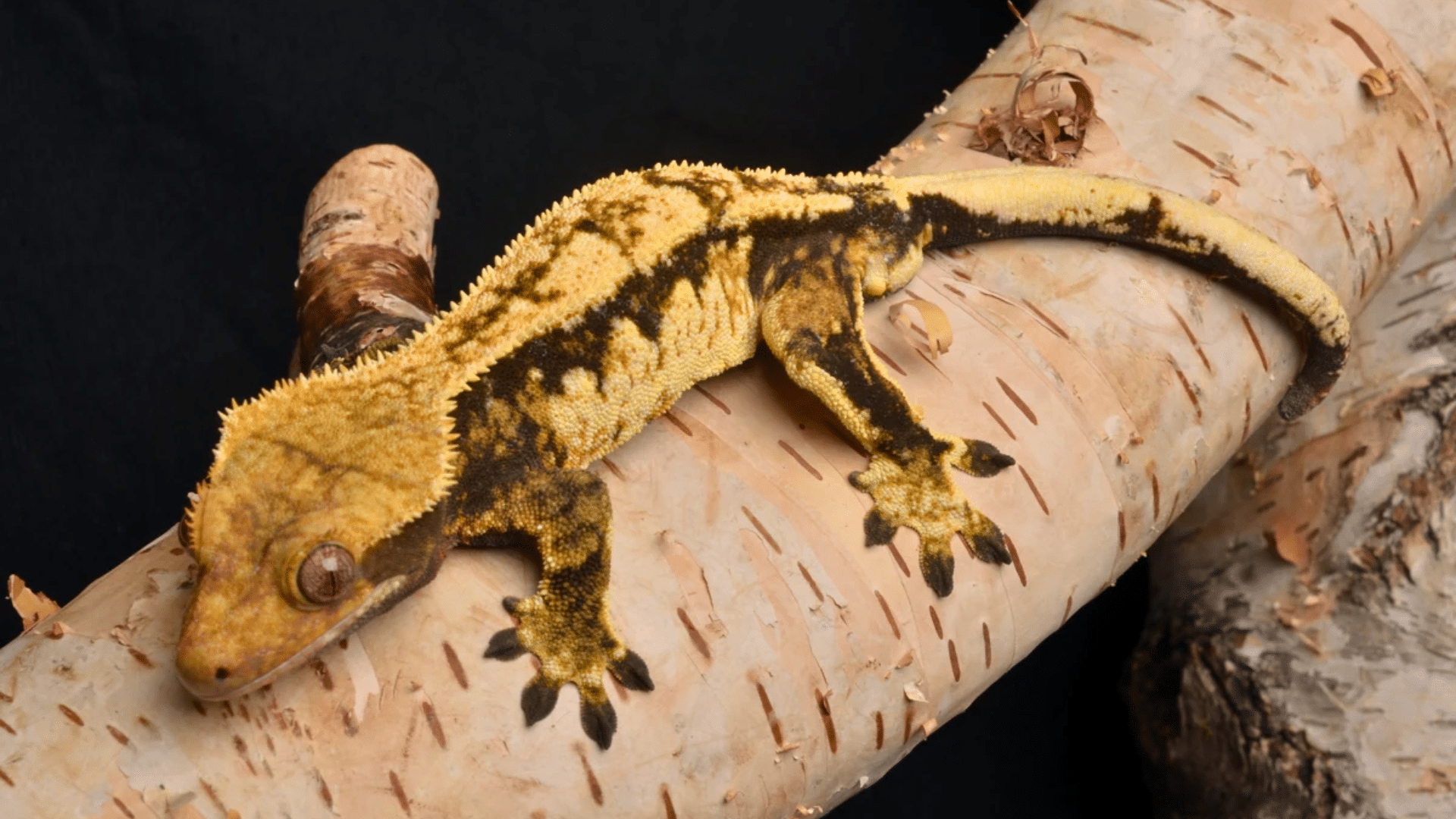
A Crested Gecko is a great choice for someone looking for a gentle and low-maintenance pet.
It doesn’t need extra heating in mild climates and prefers climbing more than ground space. Use a vertical tank filled with safe branches and plants.
This species eats fruit-based food and insects, which makes feeding easy and mess-free.
Crested Geckos are soft, handle well, and show fun behaviors, like jumping between surfaces. They’re ideal for those who enjoy observing without constant handling.
4. Blue-Tongued Skink
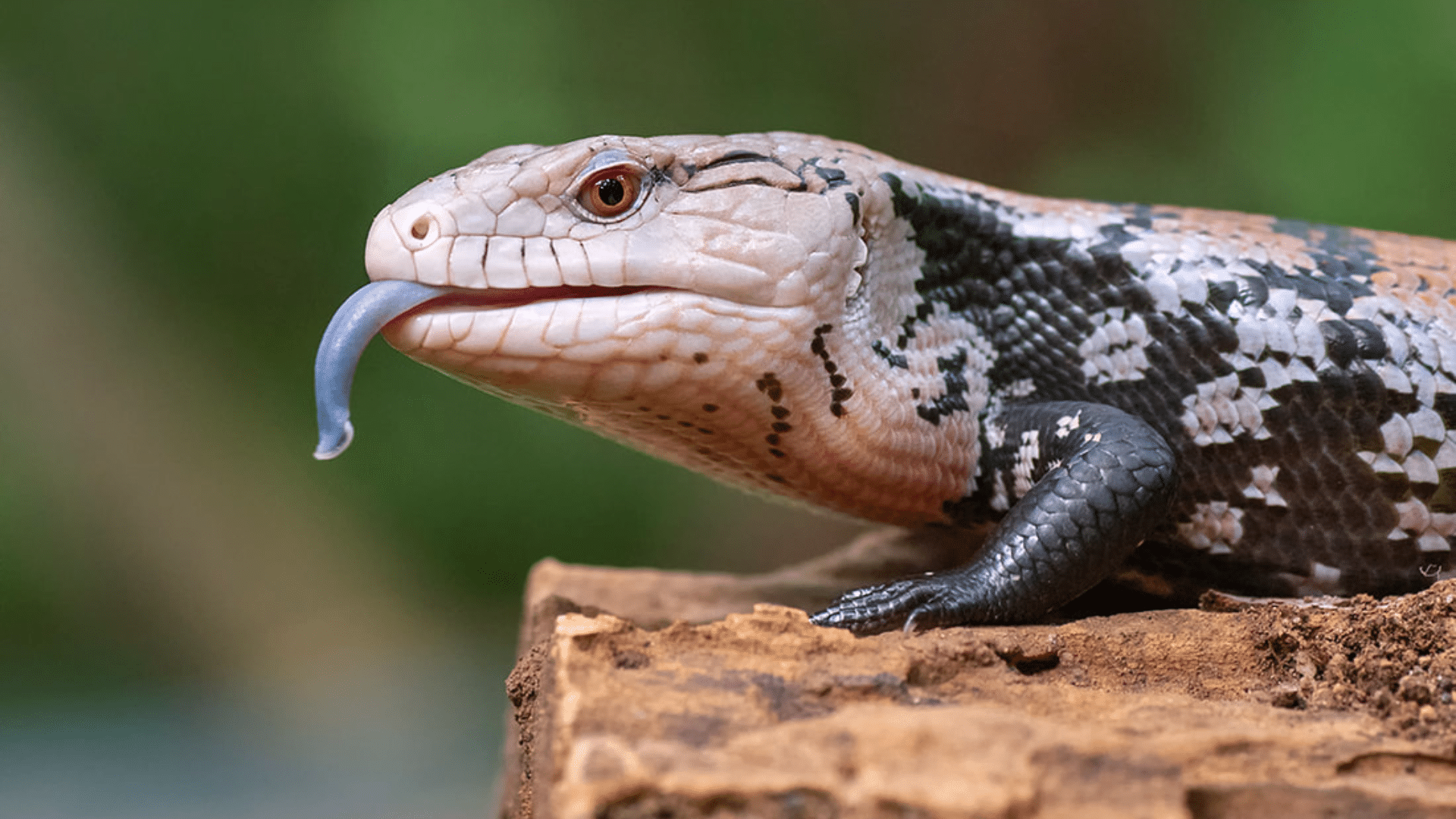
The Blue-Tongued Skink is larger but calm and easy to manage. It enjoys interaction and quickly recognizes its owner with regular care.
A large tank with warm basking spots, cool zones, and secure hiding spaces is best.
They eat a mixed diet of vegetables, fruits, and insects. Their smooth scales and unique blue tongue make them interesting pets.
Skinks are gentle, smart, and live long, making them a rewarding choice for beginners ready for a slightly bigger reptile.
5. Green Anole
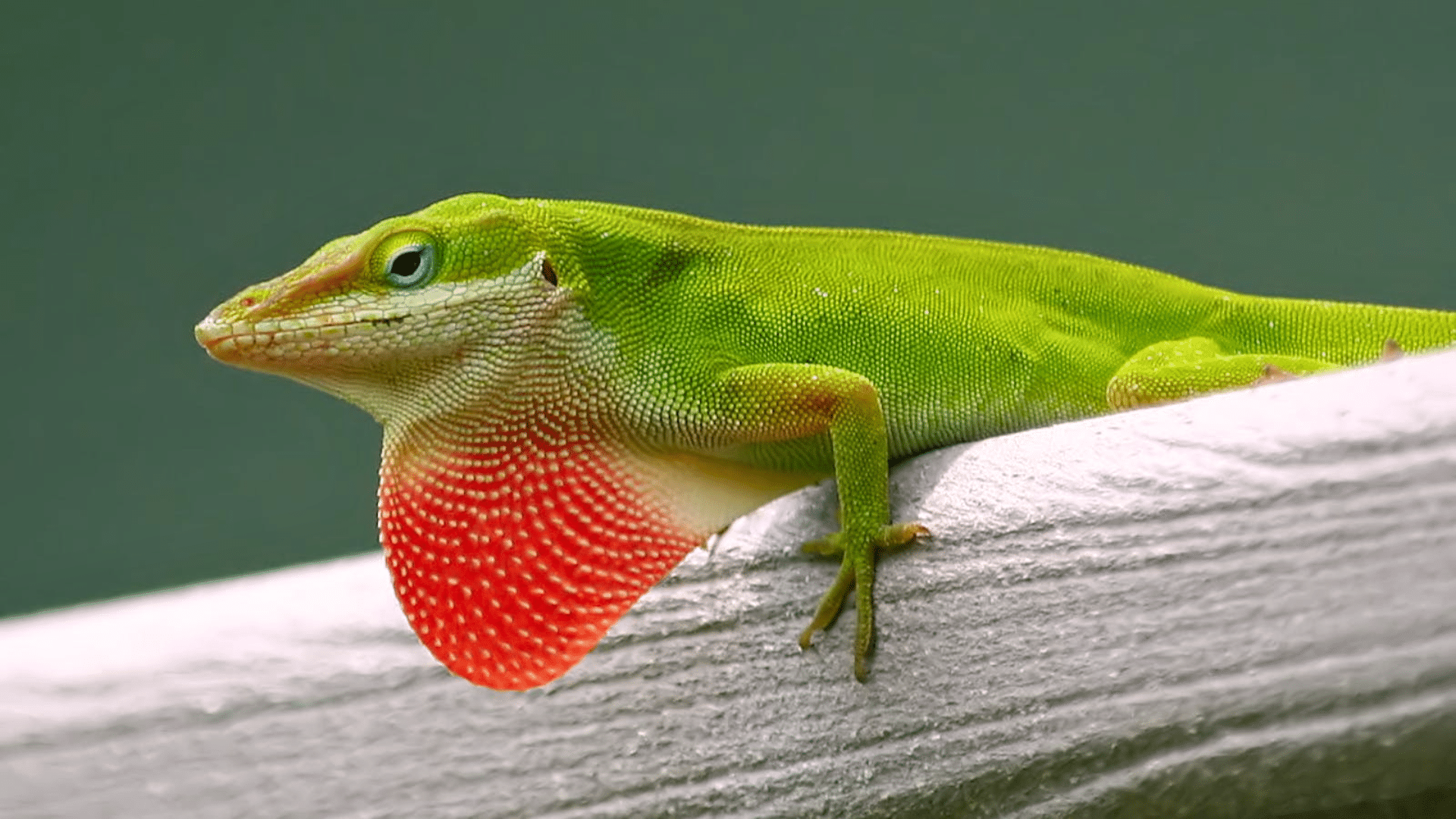
The Green Anole is small, active, and full of personality. It loves climbing and needs a vertical enclosure with plenty of branches and live or fake plants.
Proper humidity and UVB lighting are essential, along with daily misting to keep the air moist.
Anoles eat small insects like crickets and mealworms. They aren’t fond of frequent handling but are fascinating to watch.
This species is perfect for someone who wants a lively pet that adds movement and color to a room.
6. Uromastyx
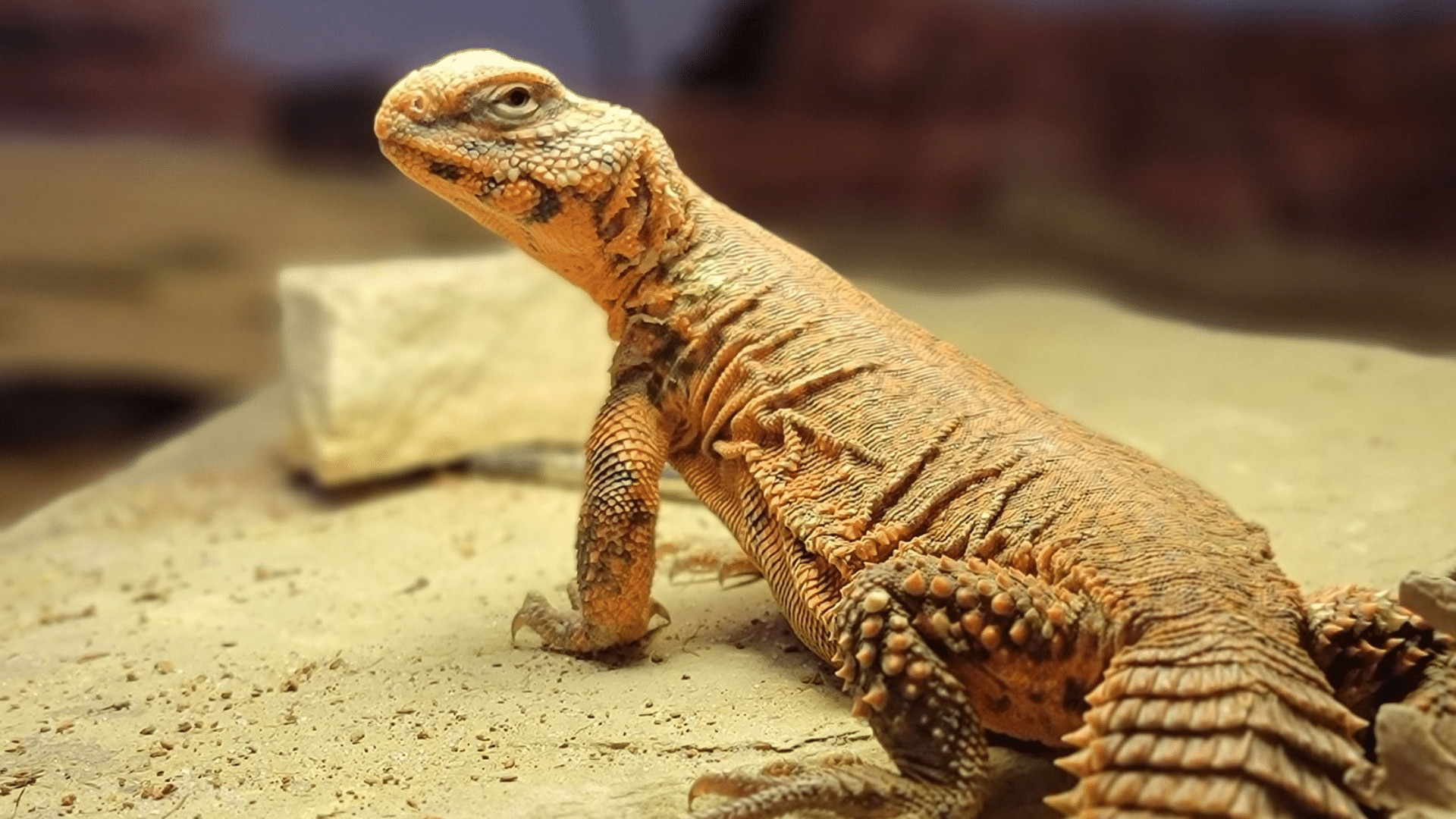
The Uromastyx is a calm, desert-dwelling lizard that loves basking under heat lamps. It’s herbivorous, eating mostly leafy greens, lentils, and seeds, which makes feeding simple.
A large, dry tank with strong UVB light and hot basking spots is important for its health.
These lizards are hardy, quiet, and rarely aggressive. They’re great for beginners who prefer a hands-off pet that still enjoys being around people.
With the right setup, they can live for over 15 years.
7. African Fat-Tailed Gecko
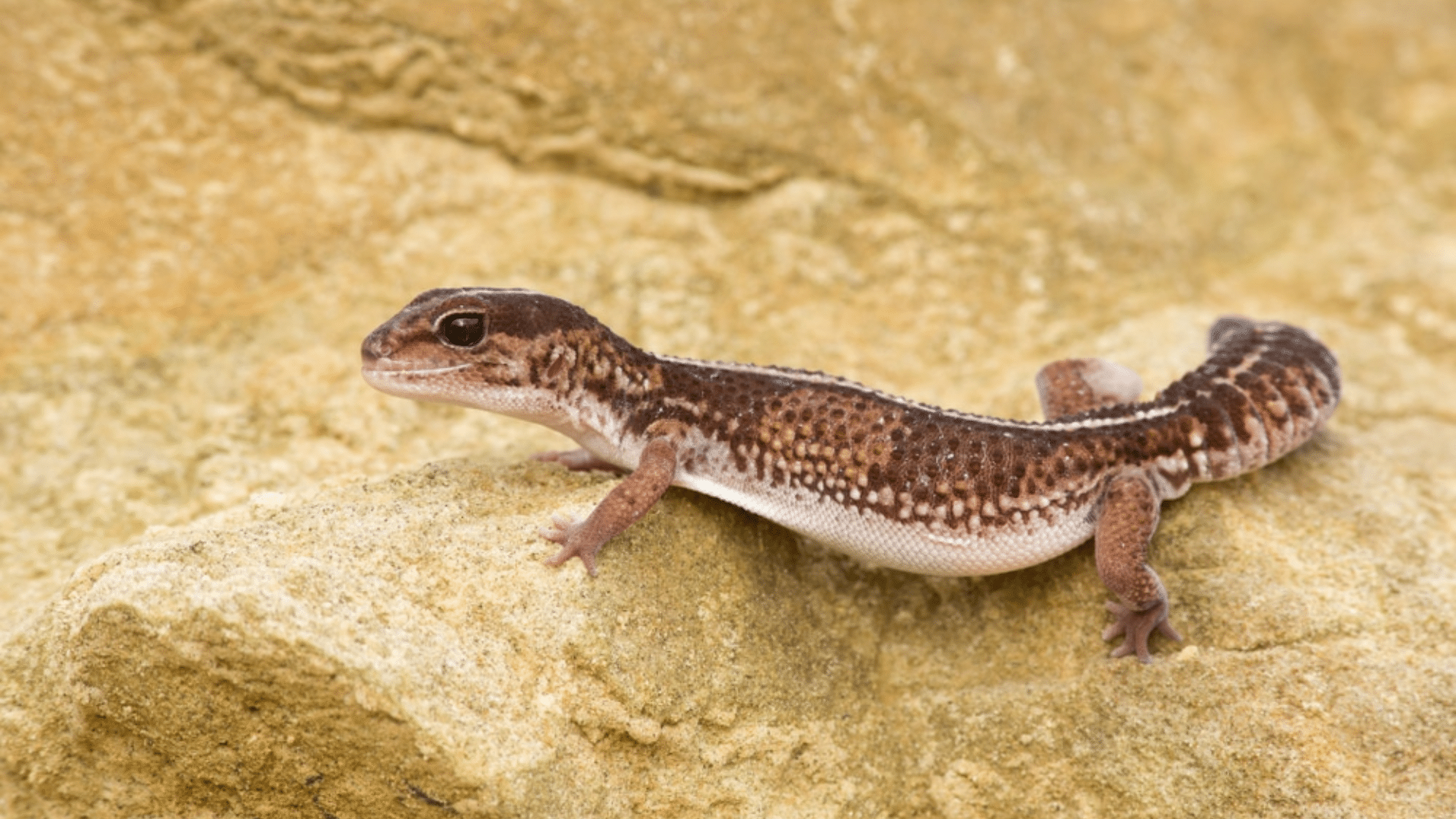
The African Fat-Tailed Gecko is gentle, slow-moving, and very forgiving for new reptile owners. It’s similar to the Leopard Gecko but prefers a slightly more humid environment.
A 20-gallon tank with a warm hide, moist substrate, and simple décor works perfectly.
They feed on insects like mealworms and crickets. These geckos are calm and tolerate handling well once they feel safe.
Their thick tails store fat, helping them stay healthy even if a meal is missed occasionally.
8. Ackie Monitor
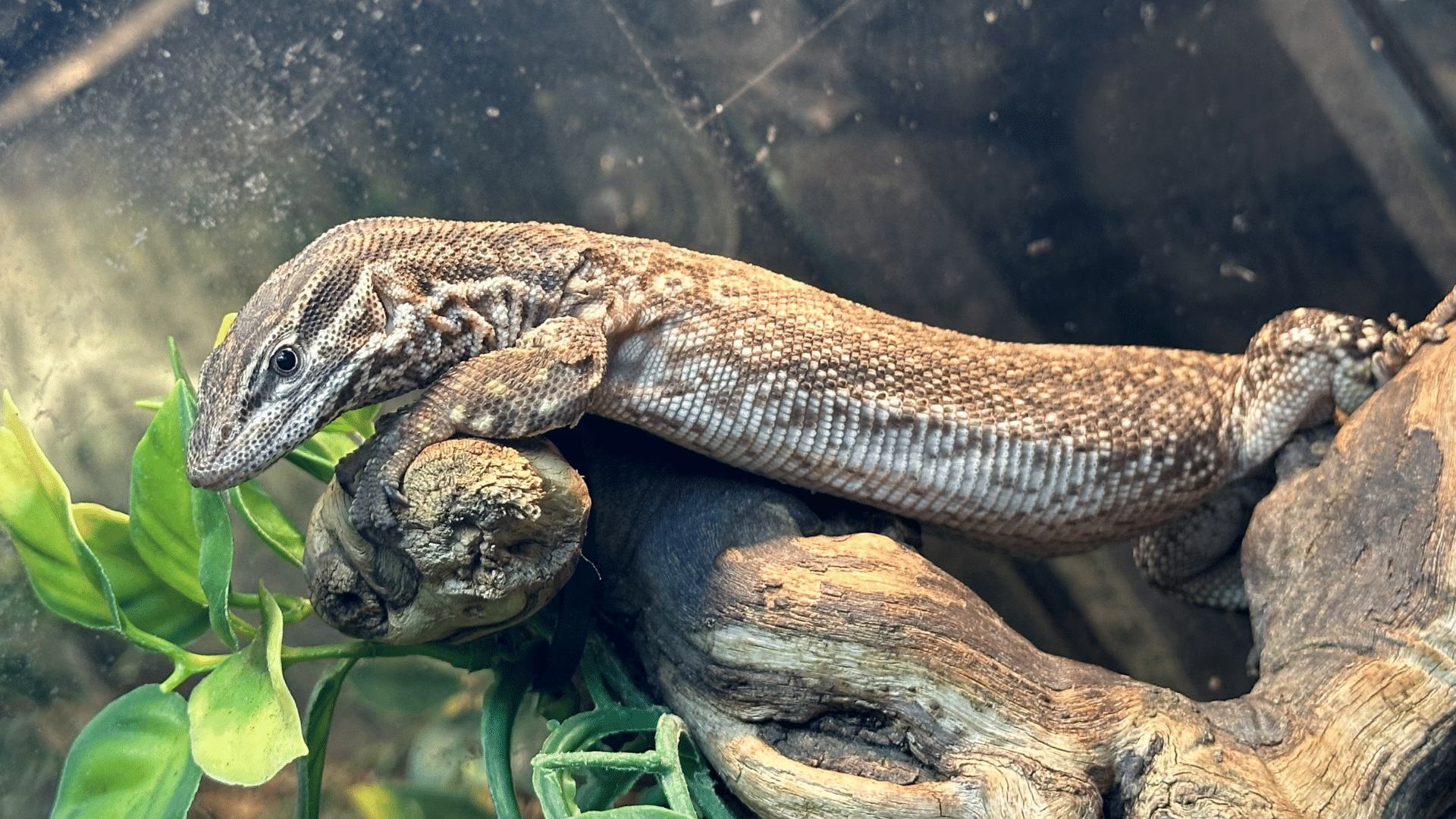
The Ackie Monitor is a smaller and friendlier relative of the large monitor lizards. It’s active and curious, making it fun to watch.
A large tank with climbing areas, hiding spots, and deep substrate for digging suits it best.
It needs consistent heat and UVB lighting. Though energetic, it’s known for being gentle and easy to train with time. Ackie Monitors eat insects, small rodents, and eggs.
They’re a good choice for beginners who want a more interactive reptile.
9. Gargoyle Gecko
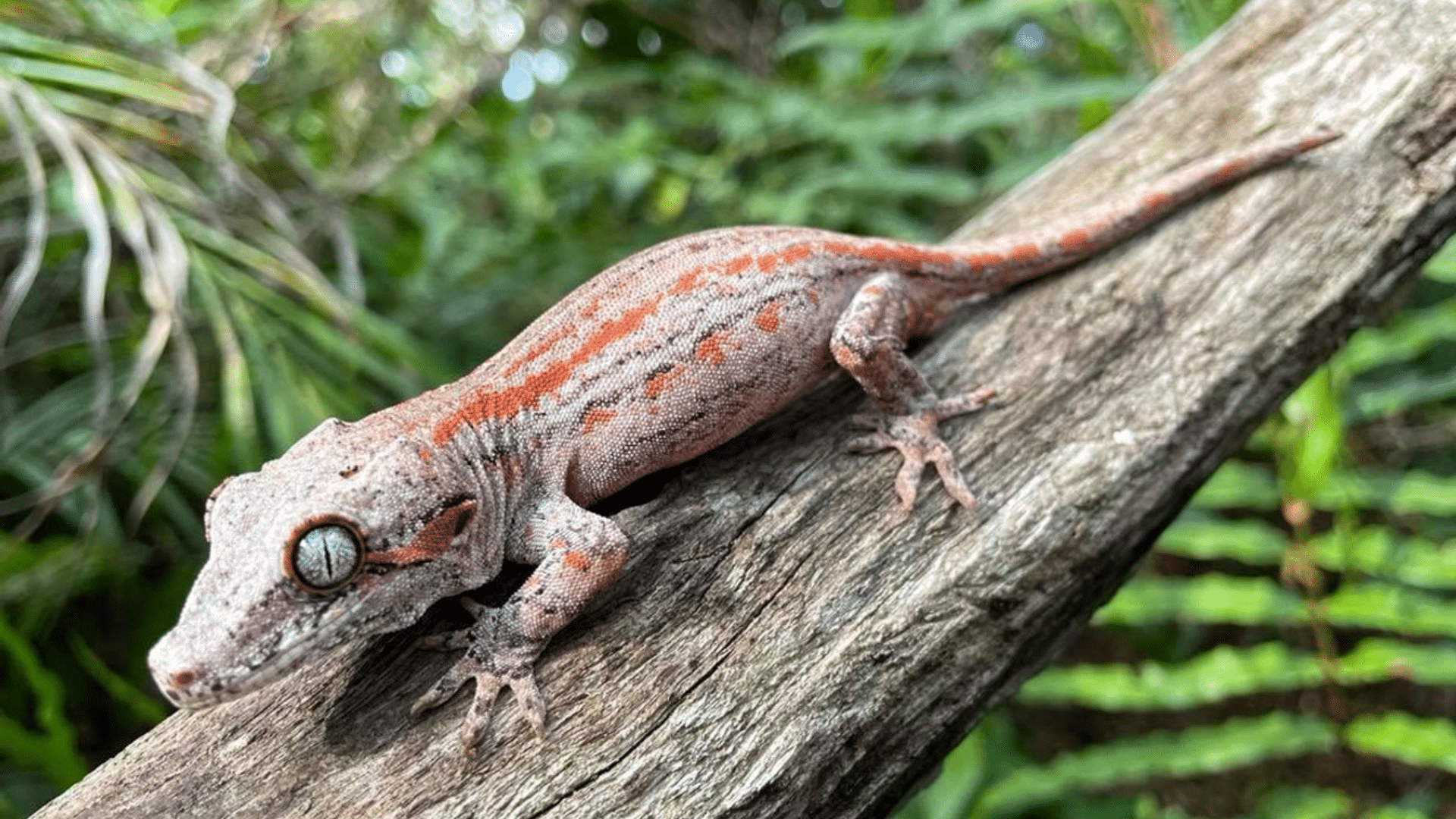
The Gargoyle Gecko is hardy, calm, and perfect for someone who prefers a pet that’s easy to maintain. It does well in a tall enclosure with moderate humidity and plenty of room to climb.
Like the Crested Gecko, it eats a fruit-based diet and occasional insects. Their soft skin and unique colors make them interesting to watch, especially at night when they’re most active.
Gargoyle Geckos are friendly and easygoing, ideal for beginners wanting a small, peaceful pet.
10. Rankin’s Dragon
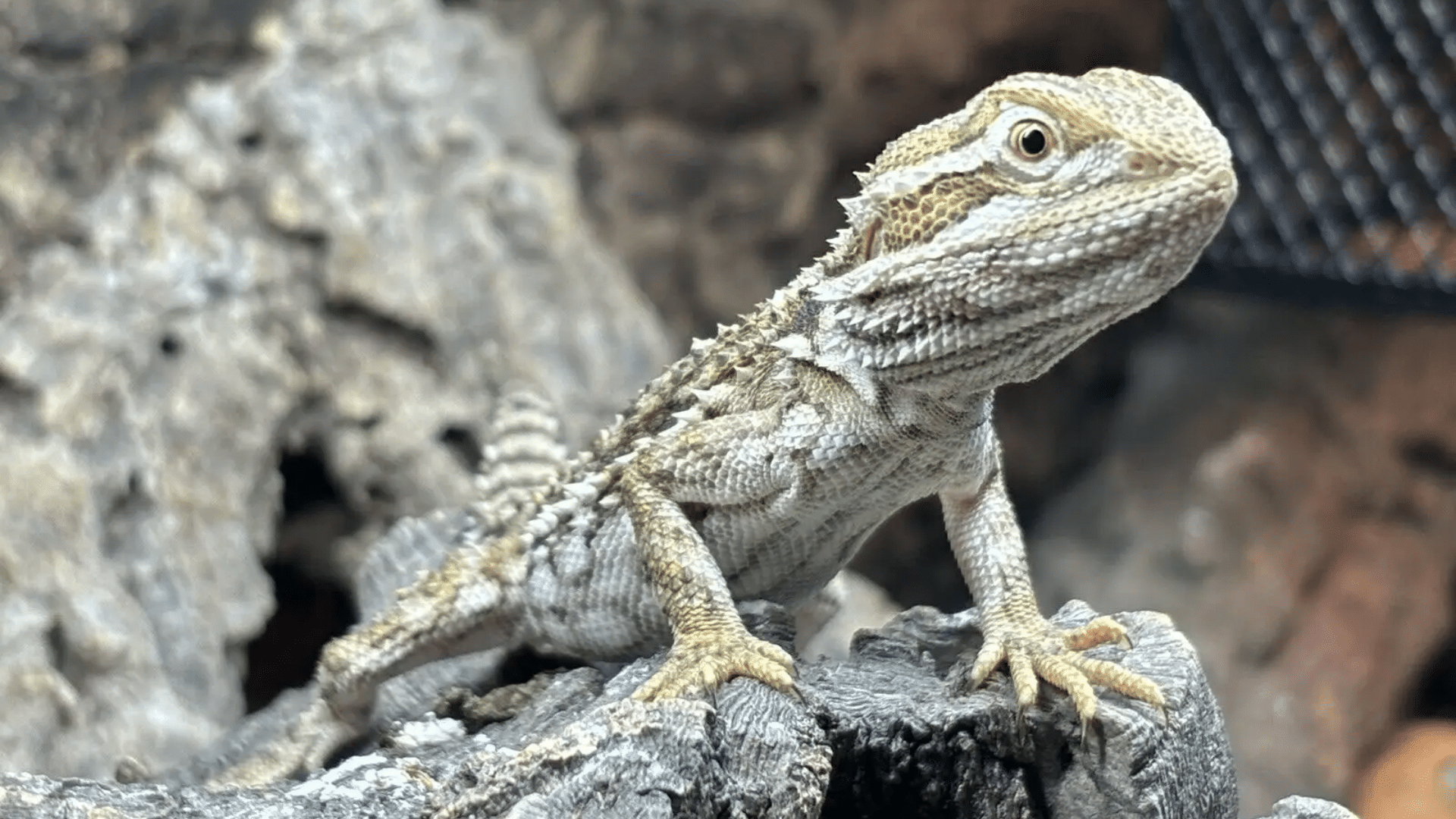
The Rankin’s Dragon looks like a smaller version of the Bearded Dragon but needs less space. It’s social, enjoys gentle handling, and has a curious nature.
A 30-gallon tank with UVB light and a warm basking area keeps it healthy. It eats crickets, vegetables, and leafy greens.
Rankin’s Dragons are calm, active during the day, and great for those who want a friendly reptile that doesn’t require too much care. Their size and nature make them beginner-friendly companions.
11. Long-Tailed Lizard
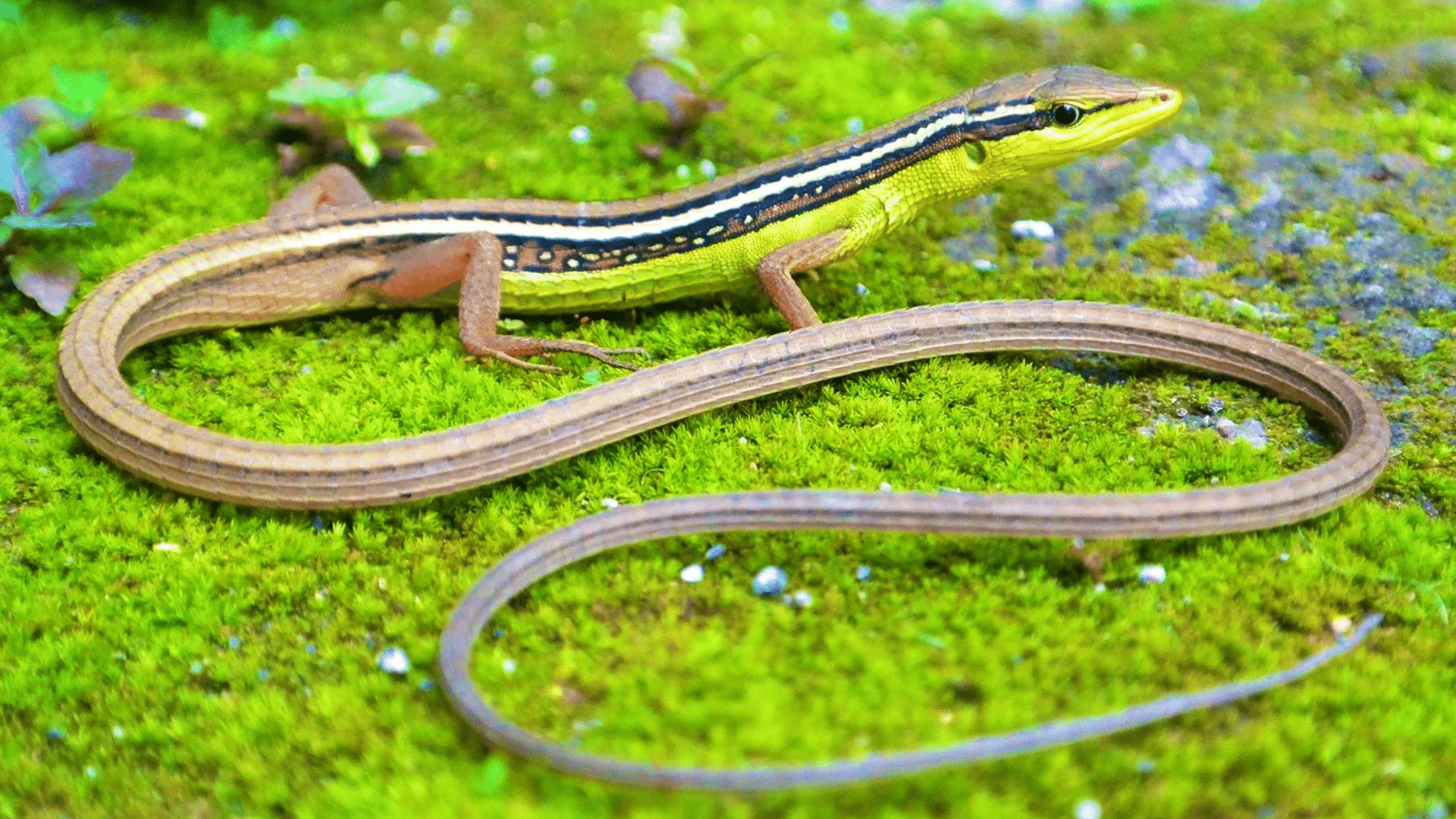
The Long-Tailed Lizard is thin, quick, and fascinating to observe. It enjoys climbing, so a tall enclosure with plants and branches is a must. They like moderate humidity and warm temperatures.
Feeding them is easy; they eat small insects like crickets and fruit flies. While they’re not the best for handling, they’re fun to watch and full of energy.
This species is great for someone who prefers an active reptile that’s more for viewing than holding.
12. Gold Dust Day Gecko
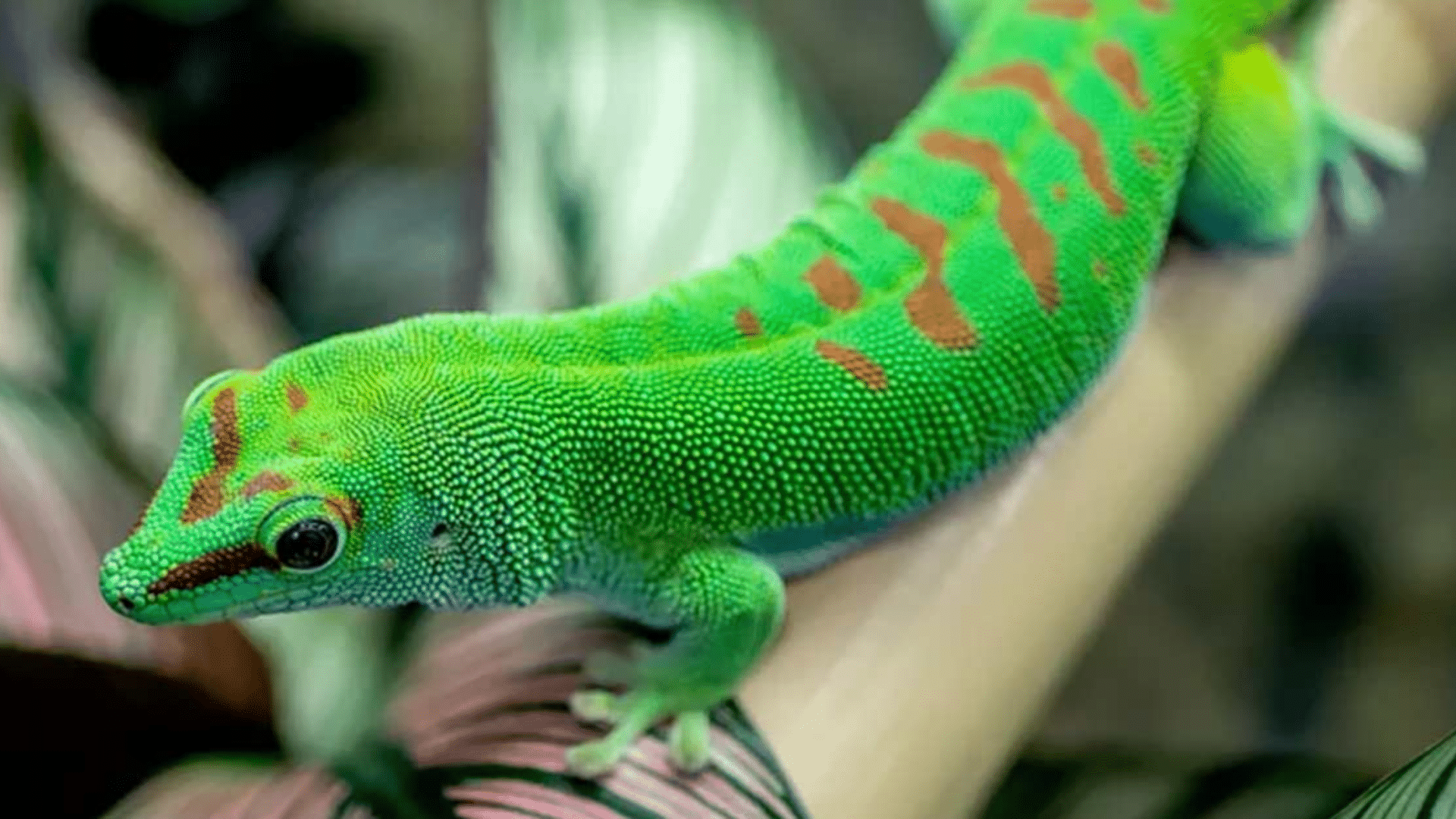
The Gold Dust Day Gecko is colorful, lively, and perfect for bright terrariums. It prefers a vertical tank with plants, humidity, and gentle warmth.
These geckos feed on fruit puree and insects, making their diet easy to manage.
They don’t like frequent handling, but are beautiful to observe. Their bright green and gold colors make them stand out in any setup.
This gecko is a great choice for those who enjoy watching their pets explore.
13. Chinese Water Dragon
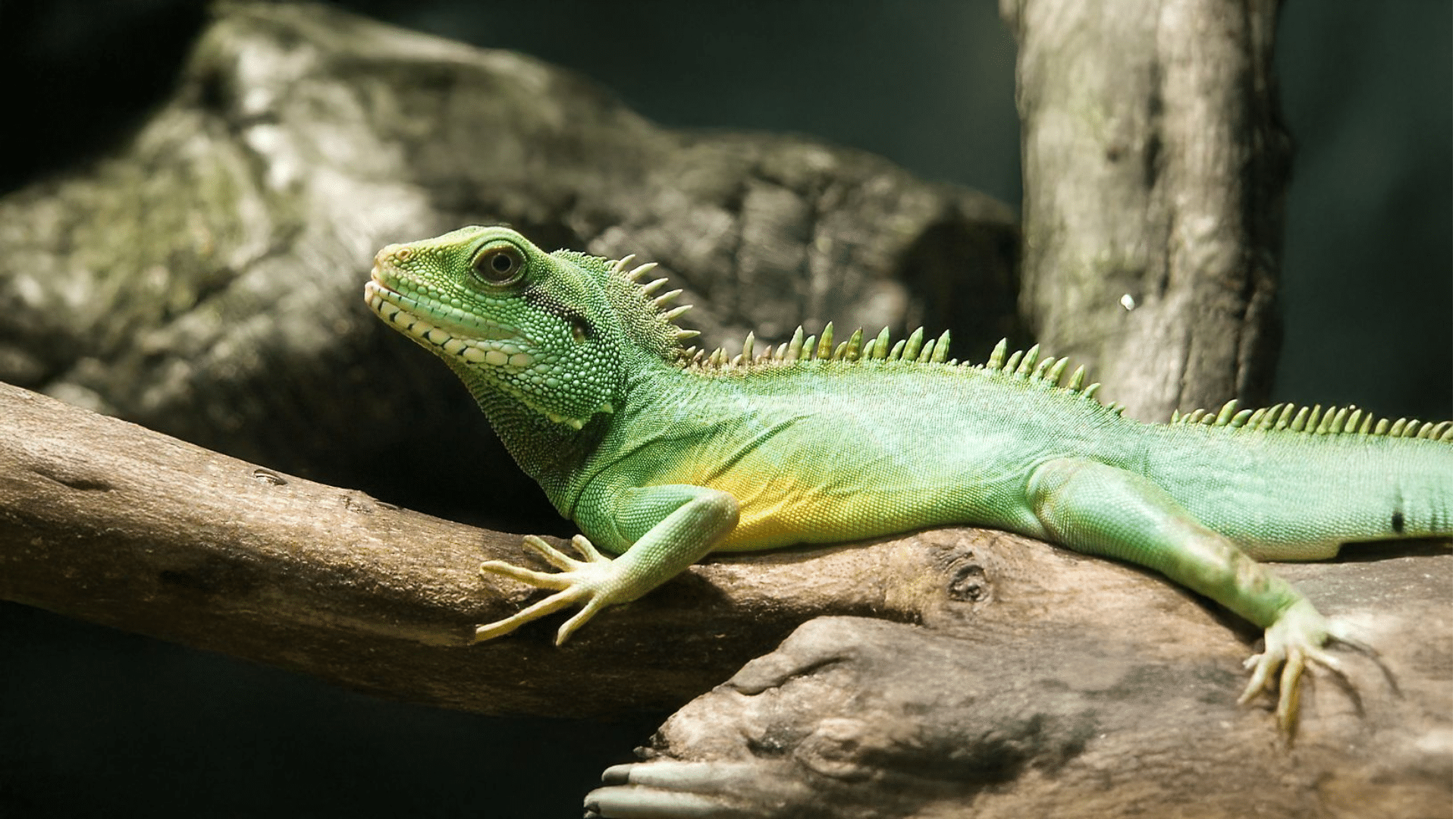
The Chinese Water Dragon is playful, social, and loves climbing and swimming. It needs a large, humid enclosure with a water area for soaking and basking spots under UVB light.
Their diet includes insects, vegetables, and some fruit. With gentle handling, they become quite friendly and interactive.
They do need space, but their curious nature makes them rewarding pets. For beginners ready for a bit more care, this species offers a fun and engaging reptile experience
Essential Supplies Every Lizard Owner Needs
Every lizard needs the right setup to stay healthy and comfortable. A few basic supplies make care simple and help you avoid common problems. Here’s what you’ll need:
- Terrarium: Choose a size that gives your lizard space to move and climb. Glass tanks are great for visibility and easy cleaning.
- Heat Lamp: Lizards need warmth to digest food and stay active. A simple heat bulb works well, just make sure it’s safe and adjustable.
- UVB Light: Helps your pet produce vitamin D3, which keeps their bones strong. Replace the bulb every 6–12 months for best results.
- Substrate: Pick an easy-to-clean base like reptile carpet or paper towels for beginners. Avoid sand until you know your species’ needs.
- Thermometer: Keep one on each side of the tank to track temperature changes and prevent overheating.
- Food Dish: A small, sturdy bowl helps keep food clean and prevents bugs from escaping.
Signs of a Healthy vs. Stressed Lizard
It’s easy to tell when your lizard feels well once you know what to look for. Paying attention to their habits and appearance helps you spot early signs of stress or illness before they get worse.
| Healthy Lizard Signs | Stressed or Unhealthy Signs |
|---|---|
| Bright, clear eyes | Dull or sunken eyes |
| Active and alert behavior | Hides most of the time or seems sluggish |
| Smooth, clean skin | Dry, flaky, or patchy skin |
| Regular appetite | Refuses food or eats very little |
| Normal shedding cycle | Trouble shedding or stuck skin |
| Steady breathing | Open-mouth breathing or wheezing |
| Healthy weight | Noticeable weight loss or thin tail |
Handling Tips for Building Trust with Your Lizard
Building trust with your lizard takes patience and consistency. Start slow, use calm movements, and let your pet feel safe around you before trying to hold it.
- Start small: Begin with short handling sessions lasting only a few minutes.
- Move slowly: Sudden actions can scare your lizard, so keep your hands steady and gentle.
- Use calm energy: Speak softly or stay quiet so your pet feels secure.
- Support the body: Always hold your lizard close to the ground and support its whole body to prevent falls.
- Watch for comfort signs: A relaxed lizard will move slowly or stay still in your hand.
- Respect its limits: If it tries to run or hides, give it space and try again later.
- Be consistent: Handling a little each day helps build trust over time.
Common Mistakes New Reptile Owners Should Avoid
Many new reptile owners make small mistakes that can affect their lizard’s health. One common issue is skipping UVB lighting, which can cause weak bones and low energy.
Another is overfeeding, leading to obesity and digestive problems. Using the wrong substrate, such as loose sand, can also cause impaction if swallowed.
It’s important to maintain proper humidity since air that’s too dry can cause shedding problems.
Simple fixes, like adding a UVB bulb, adjusting feeding portions, using safe bedding, and misting the tank as needed, can make a big difference.
Paying attention to these details keeps your lizard healthy, active, and stress-free.
Conclusion
Caring for a pet lizard can be simple when you start with the right species and a proper setup.
Once you understand their needs for heat, light, and space, daily care becomes part of an easy routine.
The key is to stay patient and give your lizard time to adjust to its new home. Every reptile has its own personality, and learning its habits can be rewarding.
Research well, use trusted care guides, and seek help from reptile owners or a vet when needed.
With consistency and attention, you’ll soon feel confident in your role as a reptile keeper. Over time, your pet will trust you more, making the experience enjoyable for both of you.


